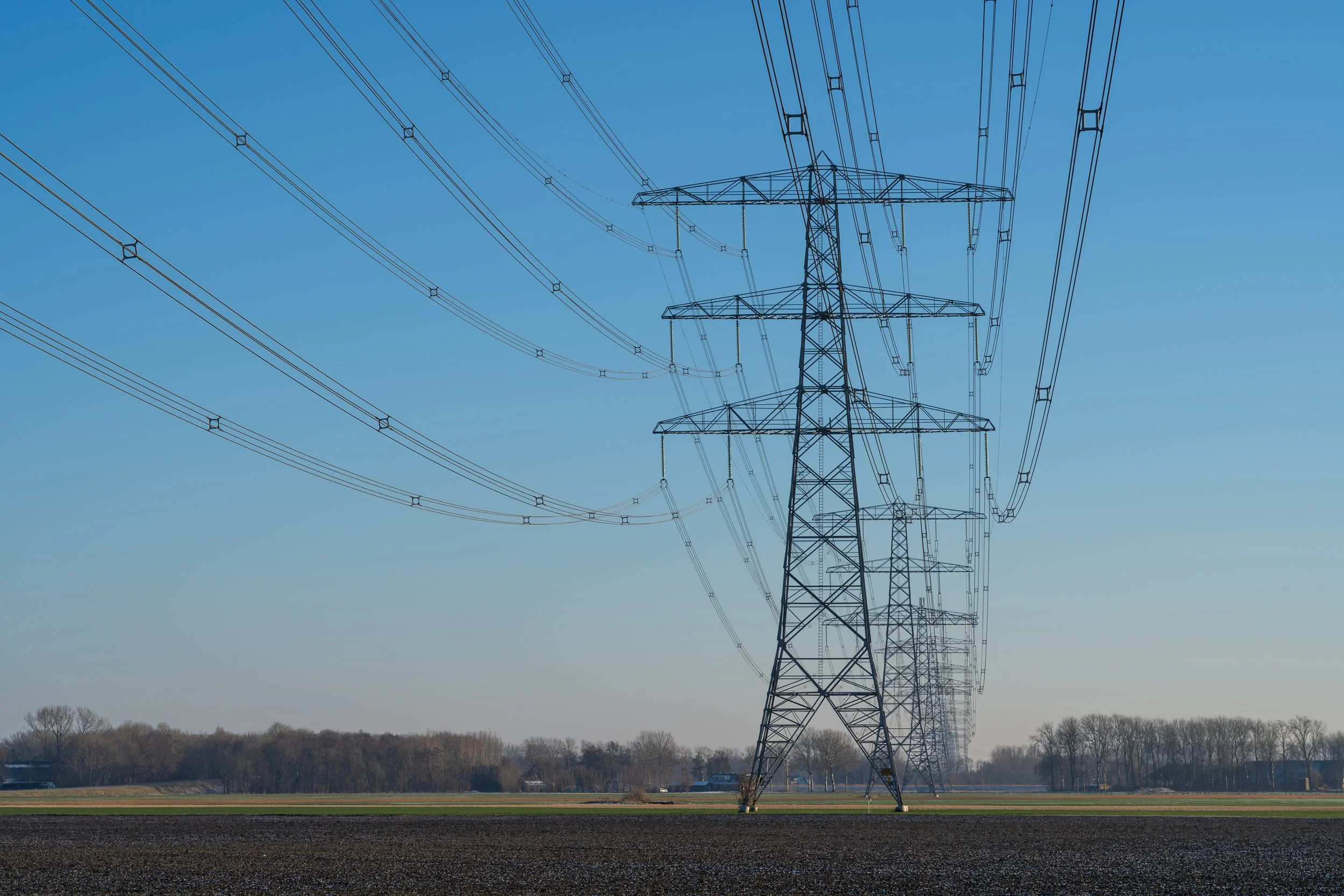Grid investments must double to over $750 billion per year by 2030
Achieving Europe's ambitious Net Zero goals hinges on a fundamental, yet often overlooked, component of the energy transition: the modernization and expansion of our electricity grids. The scale of this undertaking is staggering. To meet the 2050 net-zero emissions target, grid investments must double to over $750 billion per year by 2030.
This is based on analysis on a Grid Development in Europe report by the World Economic Forum.
Seeing the Bigger Picture
For too long, grid investments have been evaluated through a narrow financial lens focused on project-by-project returns. This approach is no longer sufficient for the systemic transformation required.
This strategic shift in assessment requires accounting for two critical areas that are typically overlooked:
A comprehensive economic case must include the tangible negative impacts of a delayed transition.
Beyond direct financial returns, grid investments generate significant system-wide value.
Case Study: Italy's System-Value Approach
Italy's energy regulator, ARERA, has pioneered a new framework that moves beyond a purely financial return-on-investment model. It allows Distribution System Operators (DSOs) to justify investments based on specific strategic objectives, such as boosting resilience to climate events or expanding grid capacity for renewables
Grid-Related Investments
To secure the vast sums of private and public capital needed, regulators must create a stable, predictable, and financially compelling environment for investors and grid operators.
Current permitting processes for major transmission projects can take up to 10 years, creating uncertainty that cripples cash flow and dampens investor confidence.
To attract long-term financing, regulated rates of return must be aligned with the cost of capital.
Regulators should encourage "anticipatory investments" that build grid capacity ahead of demand.
Rigid price control periods are a liability. Regulators should build in flexibility to accommodate market volatility and new technological insights, ensuring investment plans remain relevant and effective.
Public financing can play a crucial role in de-risking essential projects, thereby encouraging greater private-sector involvement and lowering the overall cost of capital.
Smart Pricing for an Efficient Grid
With massive investments on the horizon, redesigning tariff structures is essential to maximize the efficiency of existing capacity, reduce the need for costly new infrastructure, and keep the energy transition affordable for everyone.
Three key changes to tariff structures can help achieve these goals:
Shifting away from simple volume-based pricing (per kWh) can significantly improve grid efficiency. Models like real-time pricing, location-based pricing, and especially power-based pricing (per kW of peak demand) incentivize consumers to use electricity when it is abundant and cheap, reducing congestion during peak hours.
To be effective, grid capacity pricing signals must not be counteracted by conflicting incentives from energy providers. A coordinated approach is needed to guide customer behavior and minimize system balancing costs.
Many electricity tariffs today include non-energy-related costs, such as social or environmental levies. Shifting these costs to alternative taxation mechanisms would prevent electricity prices from becoming artificially inflated, thereby encouraging, rather than discouraging, the widespread electrification of transport and heating.
Comprehensive Approach to Network Planning
The complexity of the energy transition—with its decentralized renewables, new electrification demands, and need for cross-sector flexibility—has rendered traditional, siloed grid planning obsolete.
This comprehensive approach can be optimized across three key dimensions:
Collaboration must extend across national borders, across different energy vectors (such as electricity, gas, and hydrogen), and between transmission and distribution levels.
The conventional 10-year planning timeframe is too short. To build efficiently, planning must align with the 2040 and 2050 decarbonization goals laid out in national energy and climate plans.
Resources like battery storage, demand response, and smart charging must be fully integrated into long-term planning.
Overcoming Bottlenecks in the Supply Chain
Critical components like high-voltage transformers already face lead times of over 18 months, and demand for essential materials is projected to double by 2030.
Without concerted action, these physical constraints will become the primary barrier to achieving Net Zero.
Targeted training and internship programs are urgently needed to fill skills gaps, from high-level direct current (DC) engineering and project management to essential technical roles for technicians and factory workers.
Strategic partnerships can accelerate R&D and secure the supply of critical components.
Standardizing technical requirements for grid components across Europe would streamline manufacturing, increase interoperability, reduce costs, and shorten delivery times.
AI-driven asset management, digital control centers, and advanced project management solutions can optimize capital delivery and operational efficiency.
You can read the full Grid Development in Europe report by the World Economic Forum here>

